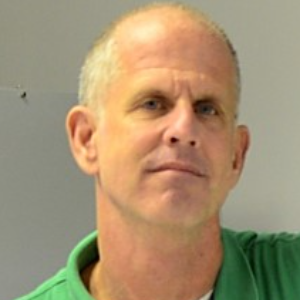Abstract:
Background: Previously, 24-hour resting metabolic rate (RMR) or exercise energetics (EX) were determined utilizing metabolic carts, with typical measurement durations from 30 to 45-minutes, respectively (Balci et al, 2021; Guerrero et al, 2020). Major disadvantages of metabolic carts are the subject’s physical connection to instrumentation using ventilated hoods or head- gear and the lack of calculation of carbohydrate and lipid oxidation. Moreover, metabolic carts themselves can produce highly inaccurate results (Rising et al, 2015; Rising et al, 2016). Finally, physical connection of the subject to instrumentation can cause anxiety (Malone, 2002), contributing to additional errors in metabolic results. Previously, specific whole room indirect calorimeters (WRIC’s) have been validated for the determination of 24-hour RMR (Rising et al, 2015) and EX (Rising et al 2016) from 60-minute measurement durations. The purpose of this presentation is to show that accurate metabolic measurements of 24-hour RMR and 1-hour EX can be obtained in just a 30-minutes, similar that of metabolic carts.
Methods: For simulated 24-hour RMR, ten 30-minute propane (99.5 % purity) combustion tests were performed using a standard torch (Model UL2317, Bernzomatic Inc., Chilton, WI USA).Burn rates (BR; g/min) were determined by recording the propane weight prior to and after test completion using an analytical balance (Mettler Toledo Model MS1602S/03, Mettler Toledo LLC,Columbus, OH USA). For simulated EX, ten thirty-minute propane (99.5 % purity) combustion tests were performed using a larger burner (Coleman Model 5431B, The Colman Company,Wichita, KS USA) in order to simulate exercise. The BR’s were determined as described previously. All respiratory exchange measurements were derived utilizing the Promethion(Model GA3m2/FG250) integrated system (Sable Systems International, North Las Vegas NV USA). Instrumentation was calibrated according to the manufacturer’s instructions.The modified Weir equation was utilized to calculate energy expenditure (EE; kcal), assuming 66 mg/min protein oxidation. Ventilation rates (V;liters) of oxygen (VO2), carbon dioxide (VCO2) and the respiratory quotient (RQ; VCO2/VO2) were also calculated on a per minute basis. Finally,oxidation rates for glucose and lipids were also calculated (Kelly and Basset, 2017). Thirty-minute data were then extrapolated to 24-hours for RMR and one-hour for EX and compared to propane stoichiometry (PS). Statistical analysis was performed utilizing SPSS (Ver 27, Chicago, IL).




